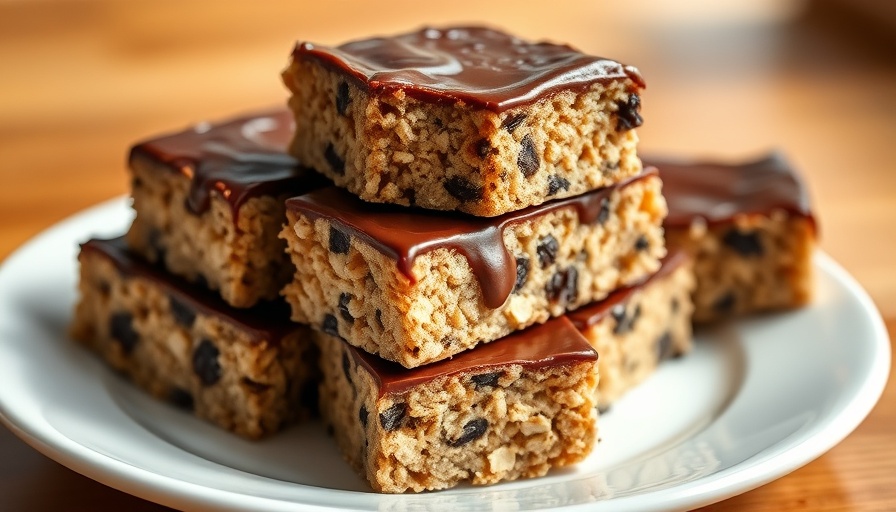
The Rich History of Turkey in Our Festive Traditions
As the holiday season approaches, the humble turkey stands out as a centerpiece for gatherings across North America. But how did this bird go from being a native fowl of the Americas to a holiday staple worldwide? Originating from the tamed fowl of the Aztec civilization in southern Mexico over 2,000 years ago, the turkey embodies a fascinating history. It's often thought of as an American symbol, yet it has deep roots in Mexican culture as evidenced by its diverse culinary uses in traditional dishes from the Yucatán Peninsula.
From Aztecs to Europeans: A Culinary Journey
The path that led to turkey becoming a celebrated holiday dish is a captivating narrative that spans continents and centuries. The Spanish, upon encountering the Aztecs, transported this bird back to Europe in the early 16th century, where it was domesticated and began to gain prominence. Surprisingly, when the Pilgrims celebrated their Thanksgiving in 1621, turkey likely wasn't on the menu; instead, they feasted on venison and waterfowl, which might have included duck or geese, not the iconic turkey we associate with the holiday today.
As noted by historians, by the 19th century, turkey grew in favor among the English middle class, much credited to the influential writer Sarah Josepha Hale. Through her writing, especially in “Northwood,” she solidified the turkey's place at the Thanksgiving table, promoting it as the star of the meal. Dickens also played a pivotal role in popularizing turkey in holiday meals with his classic tale, “A Christmas Carol,” where the mishaps of Ebenezer Scrooge culminated in the joyful act of gifting a turkey.
Turkey Production Today: More Than Just a Meal
Fast forward to our current consumption patterns, and turkey farming has transformed into a reliable industry. In Canada alone, a staggering 158.6 million kilograms of turkey were produced last year. Regulations ensuring humane treatment and the prohibition of hormones foster consumer confidence in the product, highlighting the industry's commitment to quality. Interestingly, 42% of all turkey is consumed during the Christmas season, reinforcing its status as a holiday staple.
The evolution in turkey farming ensures that modern birds are bred for leaner meat, meeting the demands of a health-conscious public while still retaining their traditional role during celebrations. The turkey's ability to provide a meal that not only serves many people but does so affordably makes it a perennial favorite across various cultural celebrations.
Nostalgia and Connection: The Importance of Turkey Feasts
Beyond just being a food item, turkey dinners encapsulate cherished memories of family gatherings and celebrations. The act of sharing a feast often brings people together, fostering a sense of community and connection. As we gather around tables adorned with our roasted turkey, mashed potatoes, and cranberry sauce, we are reminded of generations past, marked by laughter and gratitude.
In a society that increasingly values experiences over material possessions, the tradition of enjoying a turkey feast becomes a ritual that strengthens familial ties and nurtures our collective identity. Indeed, as Canadians consumed an average of 3.3 kilograms of turkey in 2024, it’s apparent that the turkey has evolved from a simple meal choice to a beloved tradition embodying warmth and togetherness.
Conclusion: Embracing Our Culinary Heritage
As we reflect on the rich history and cultural significance of turkey in our holiday traditions, let it inspire us to appreciate the journey this remarkable bird has taken. From ancient Aztec origins to modern-day farm practices, the turkey's story is one of resilience and adaptability, much like the families who gather to celebrate with it on their tables.
In a world where recipes and methods are continually evolving, let us not forget the importance of those traditions that bind us together as we fill our plates with gratitude and joy each holiday season.
 Add Row
Add Row  Add
Add 




Write A Comment